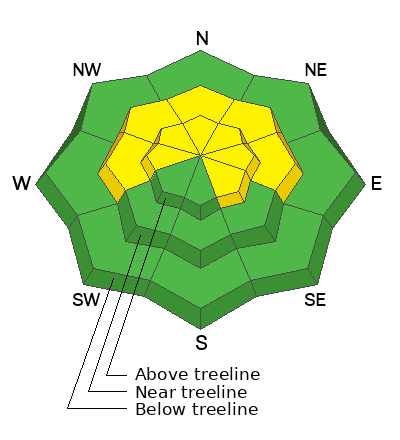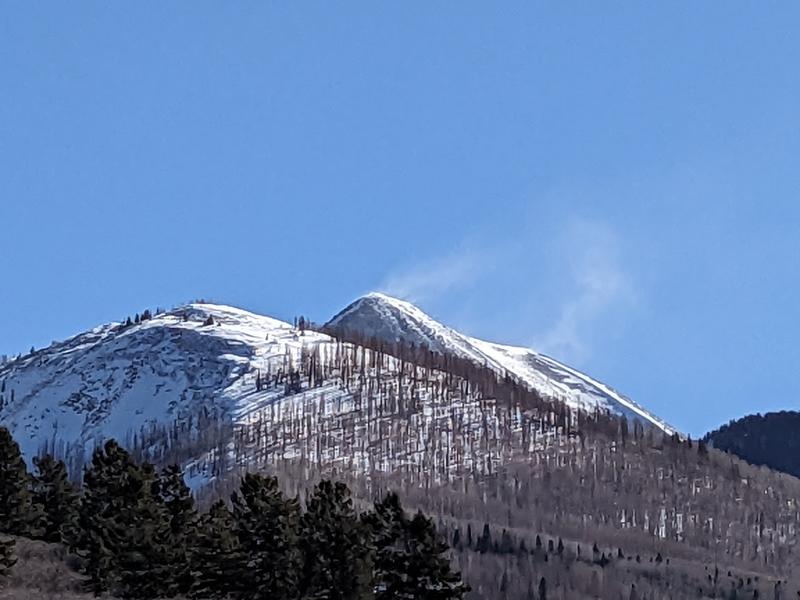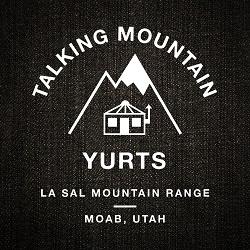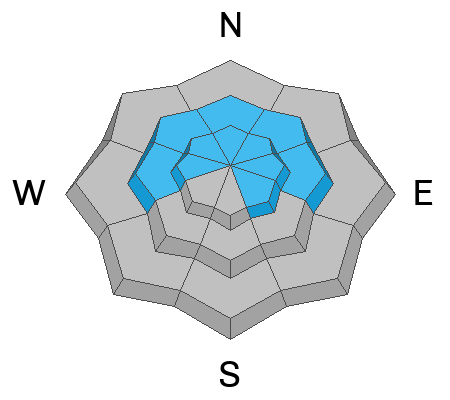Forecast for the Moab Area Mountains

Issued by Eric Trenbeath on
Thursday morning, January 16, 2025
Thursday morning, January 16, 2025
An isolated or MODERATE danger exists on steep slopes near and above treeline that face W-N-E-SE where slabs of previously drifted snow overlay a buried persistent weak layer. This instability is most pronounced on steep northerly aspects near treeline. Human triggered avalanches a foot deep or more are possible in these areas.
A low-likelihood, high-consequence scenario for triggering a full-depth avalanche failing on a weak layer of facets near the ground exists in some areas. To manage this problem, avoid thin slope margins, steep convexities, and rocky, radical, northerly facing terrain.
A low-likelihood, high-consequence scenario for triggering a full-depth avalanche failing on a weak layer of facets near the ground exists in some areas. To manage this problem, avoid thin slope margins, steep convexities, and rocky, radical, northerly facing terrain.
Most other terrain has LOW danger. Small avalanches involving thin slabs of wind-drifted snow may be possible on isolated terrain features.
Many slopes have thin cover and rocks, stumps, and logs are lurking just beneath the surface.

Low
Moderate
Considerable
High
Extreme
Learn how to read the forecast here





